CORNER VIDE
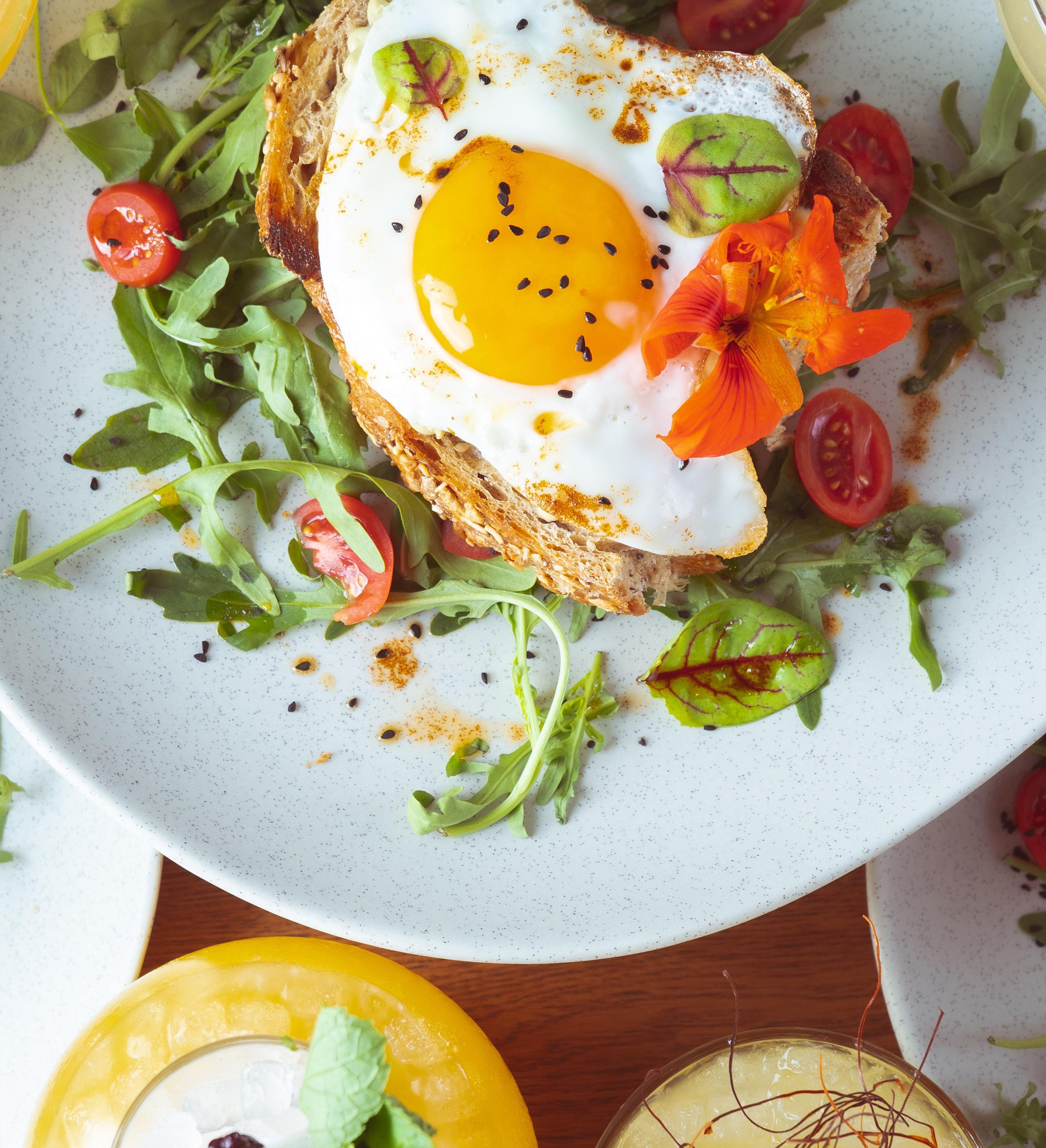

CONTENTS At a Glance Equipment Benefits Mise En Place Seasoning 4 8 11 14 16
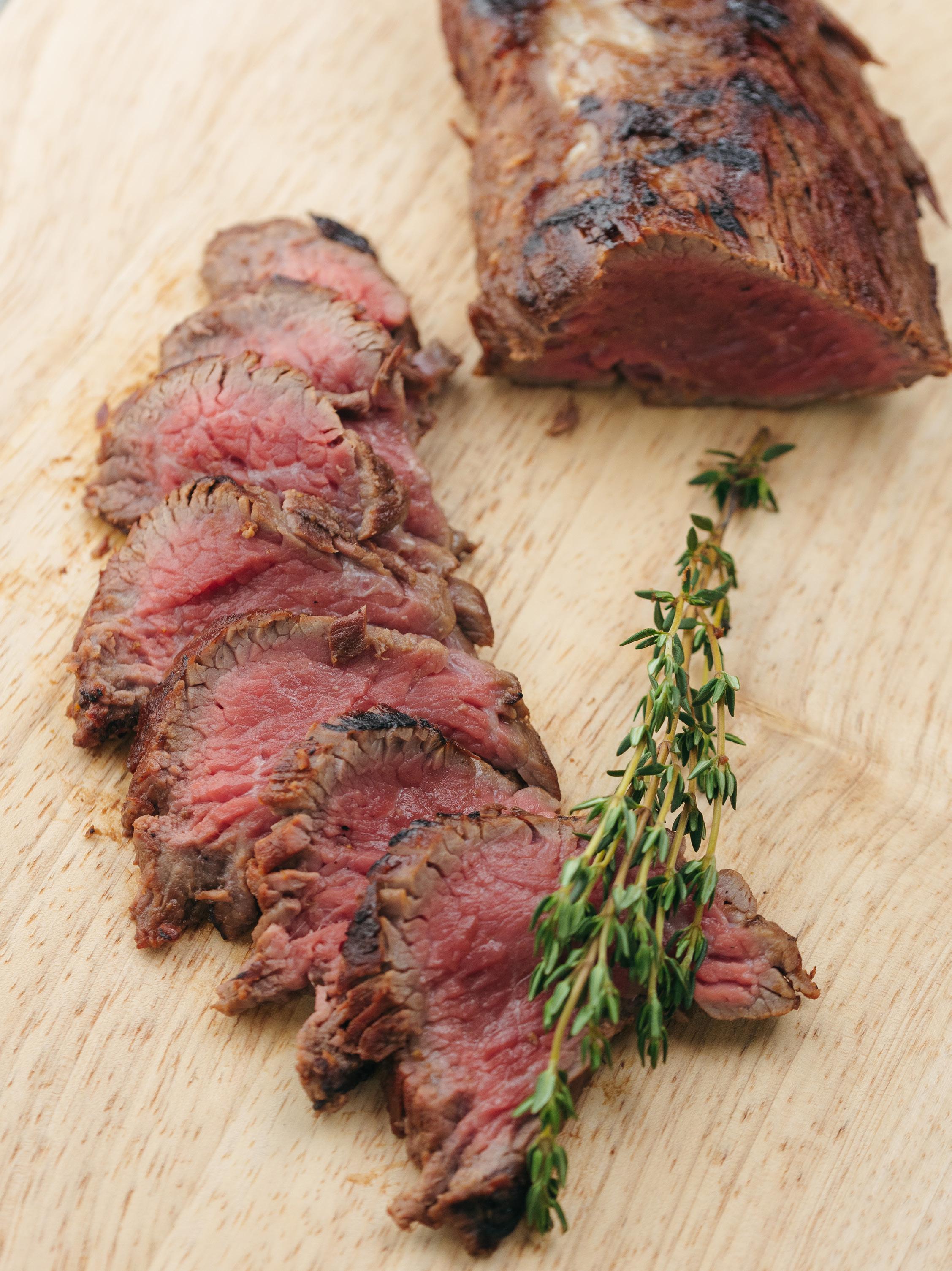
SOUS VIDE AT A GLANCE
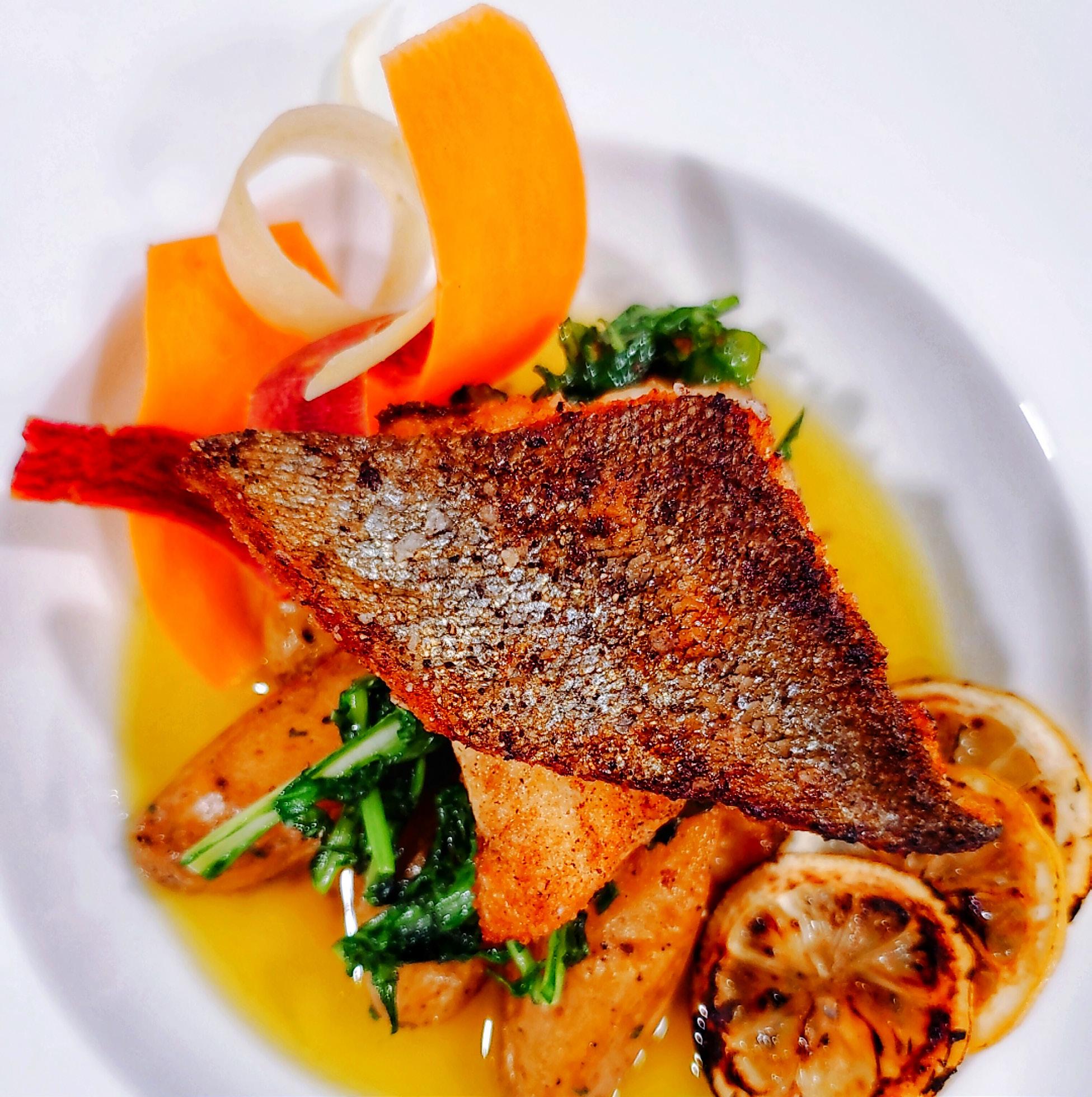
Sous Vide allows our teams to deliver a more consistent product, utilizing existing talent, resulting in an elevated meal that we are able to execute more impeccably than conventional methods.
- Chris Garrand Corporate Executive Chef
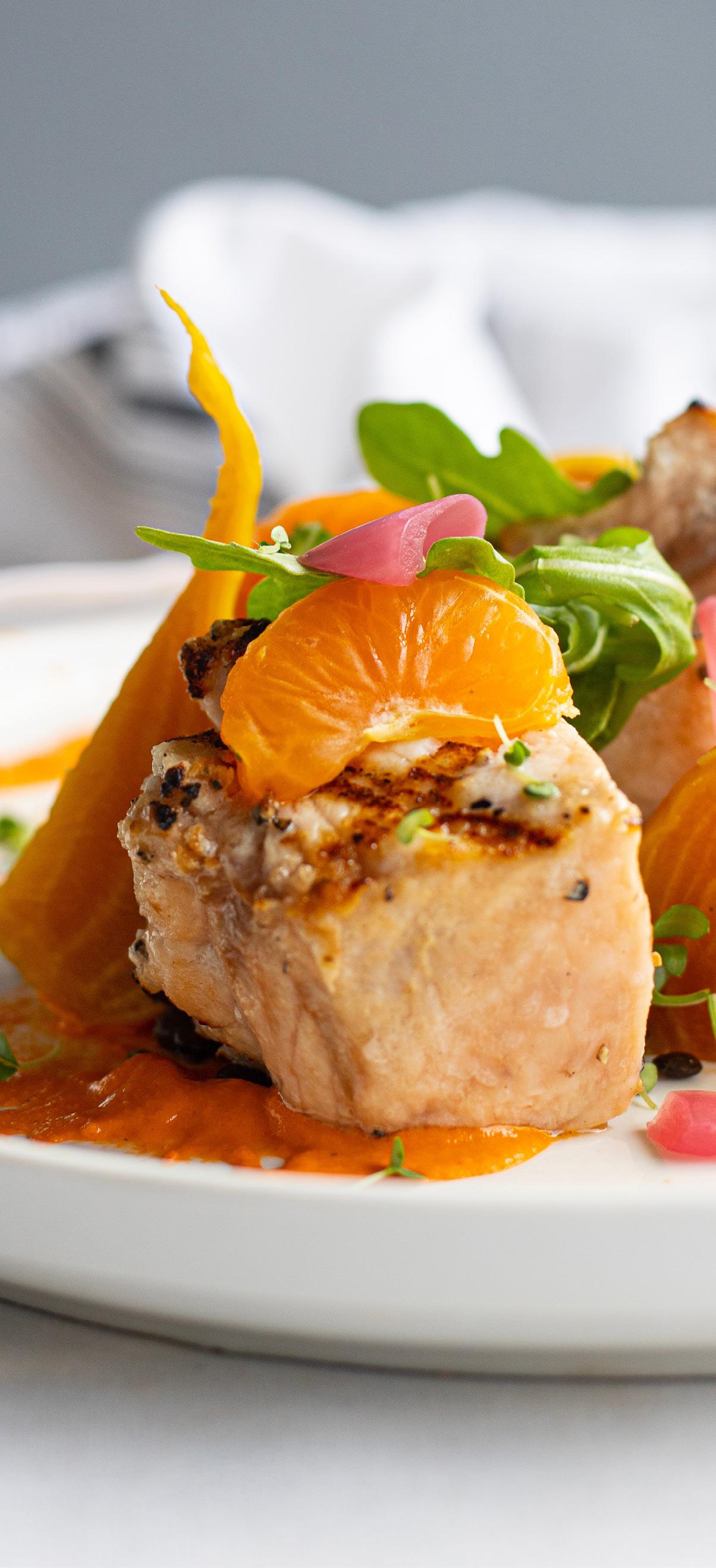
“ ”
WHAT IS SOUS VIDE?
Sous vide is a French term that translates to “under vacuum” which is also known as reduced oxygen packaging (ROP). Food is vacuum-sealed and cooked in water at a low-temperature; typically, 130–160°F/ 55–71°C. Sous vide cooking can be used for many types of food including meats, poultry, fish, and shellfish as well as vegetables, fruits, and even sauces. Because of the low temperature, cooking times can be an hour for tender proteins like chicken breast, or 24-72 hours for tough cuts, like beef brisket.
Cooking at low temperatures is a gentle process that is less disruptive to food textures, whether it is meat, fish, or vegetables. Proteins in meats don’t denature and toughen as they would in traditional high-heat cooking methods, so they retain more volume and moisture, resulting in a juicy product with greater yield. Moisture loss and shrinkage can be reduced to as little as 5%, compared to traditional cooking methods of 30% or more.
Sous vide cooking doesn’t generate the layered degrees of doneness, like conventional methods, instead creating uniformity from the edge to the center. This is especially important when cooking proteins because it eliminates overcooked or dry edges.
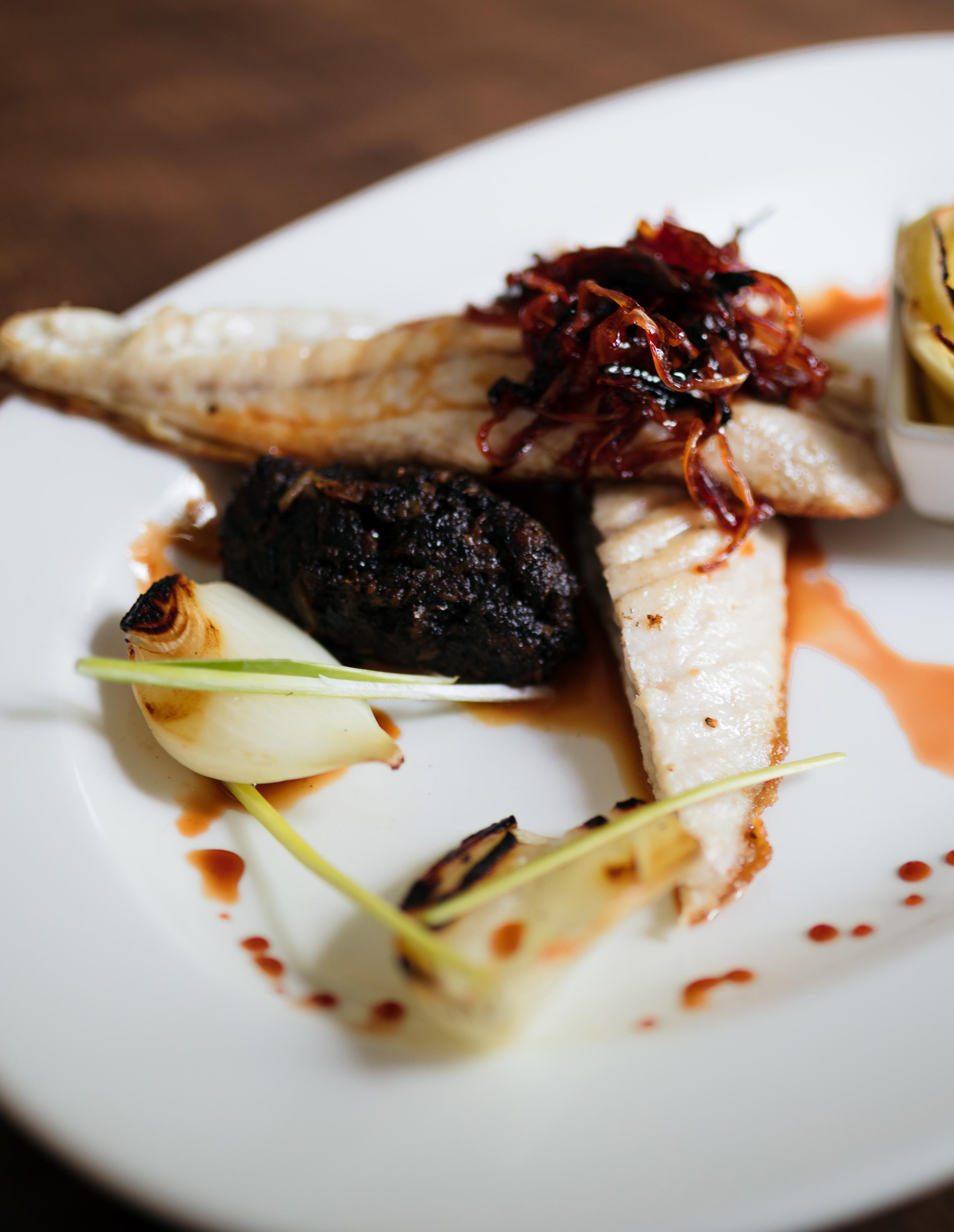
SOUS VIDE EQUIPMENT
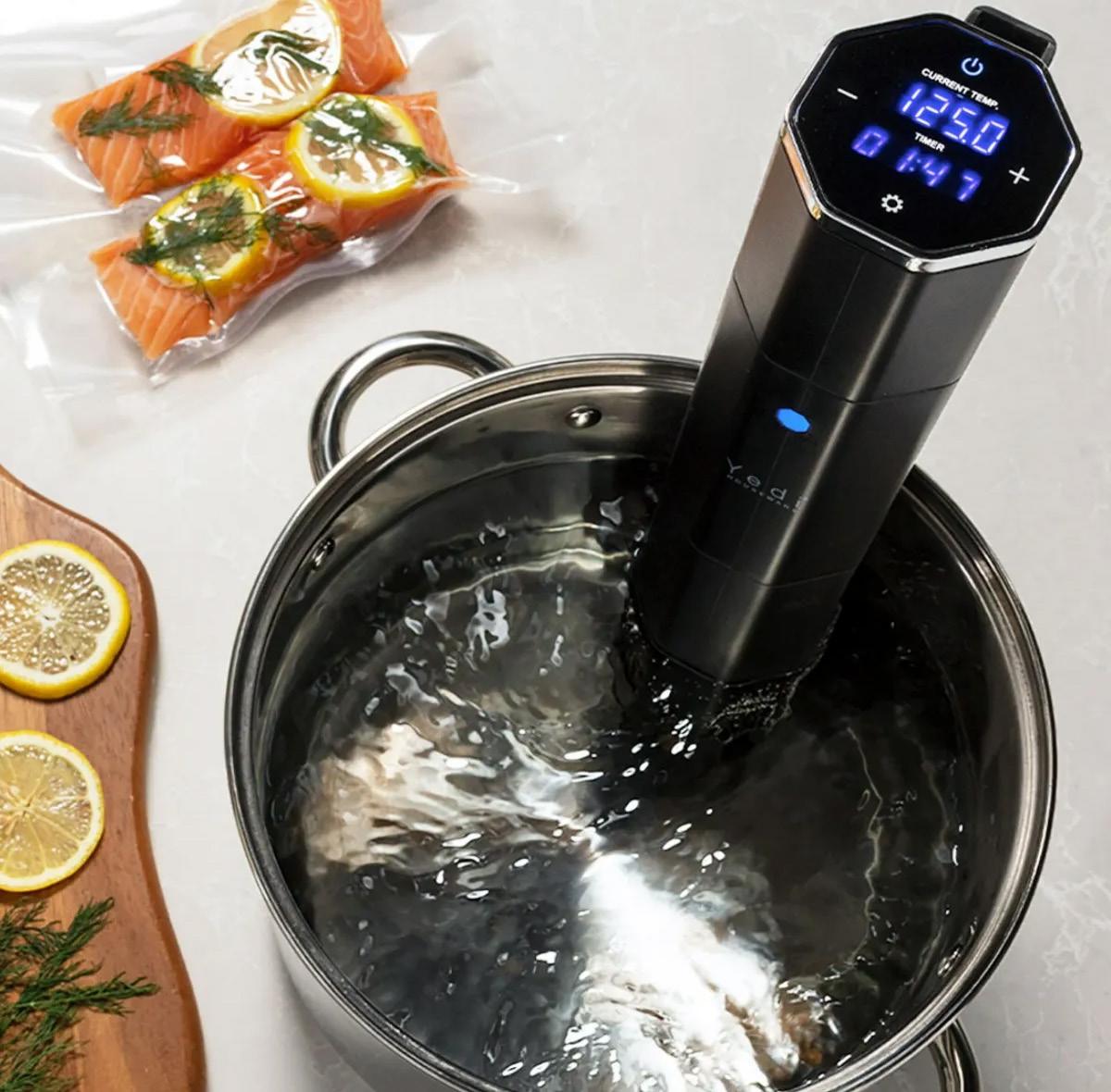
SOUS VIDE EQUIPMENT
Different equipment options for sous vide cooking include an immersion circulator (or thermal circulator), basically a heated water pump inserted into a tank, to maintain a steady temperature; a PID-(proportional-integrativederivative) controlled water bath with a self-contained heating element; and hand-held versions, resembling a baton with less heating capacity. Some combi-ovens (convection-steam ovens) have sous vide settings. You can also cook sous vide with a crock pot or ricecooker, with the use of an instant-read thermometer.

Sous vide cooking is the perfect marriage of science and cuisine, allowing you to achieve gourmet results with ease and unparalleled precision.
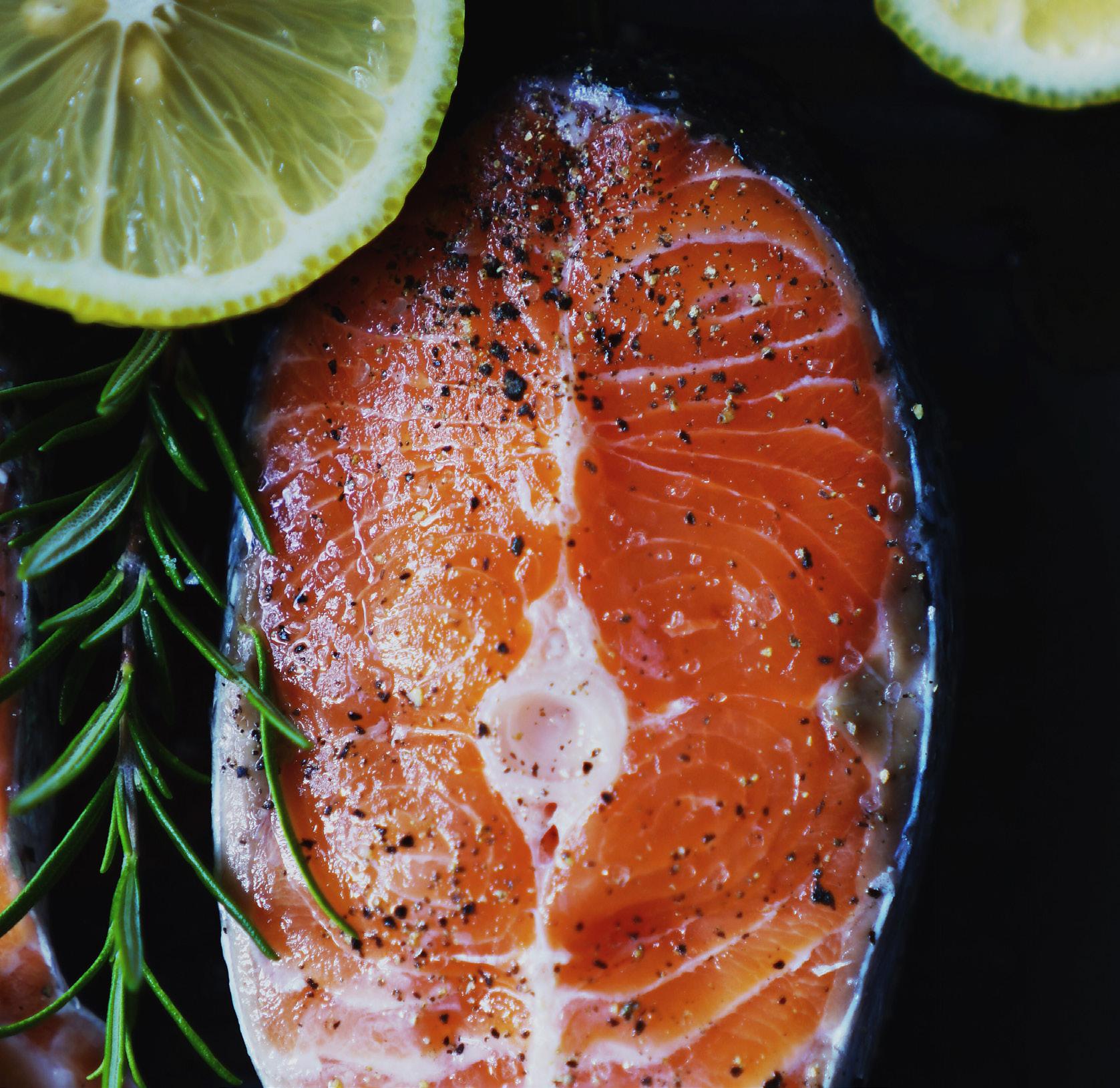 - Chris Garrand
Corporate Executive Chef
- Chris Garrand
Corporate Executive Chef
”
“
SOUS VIDE BENEFITS
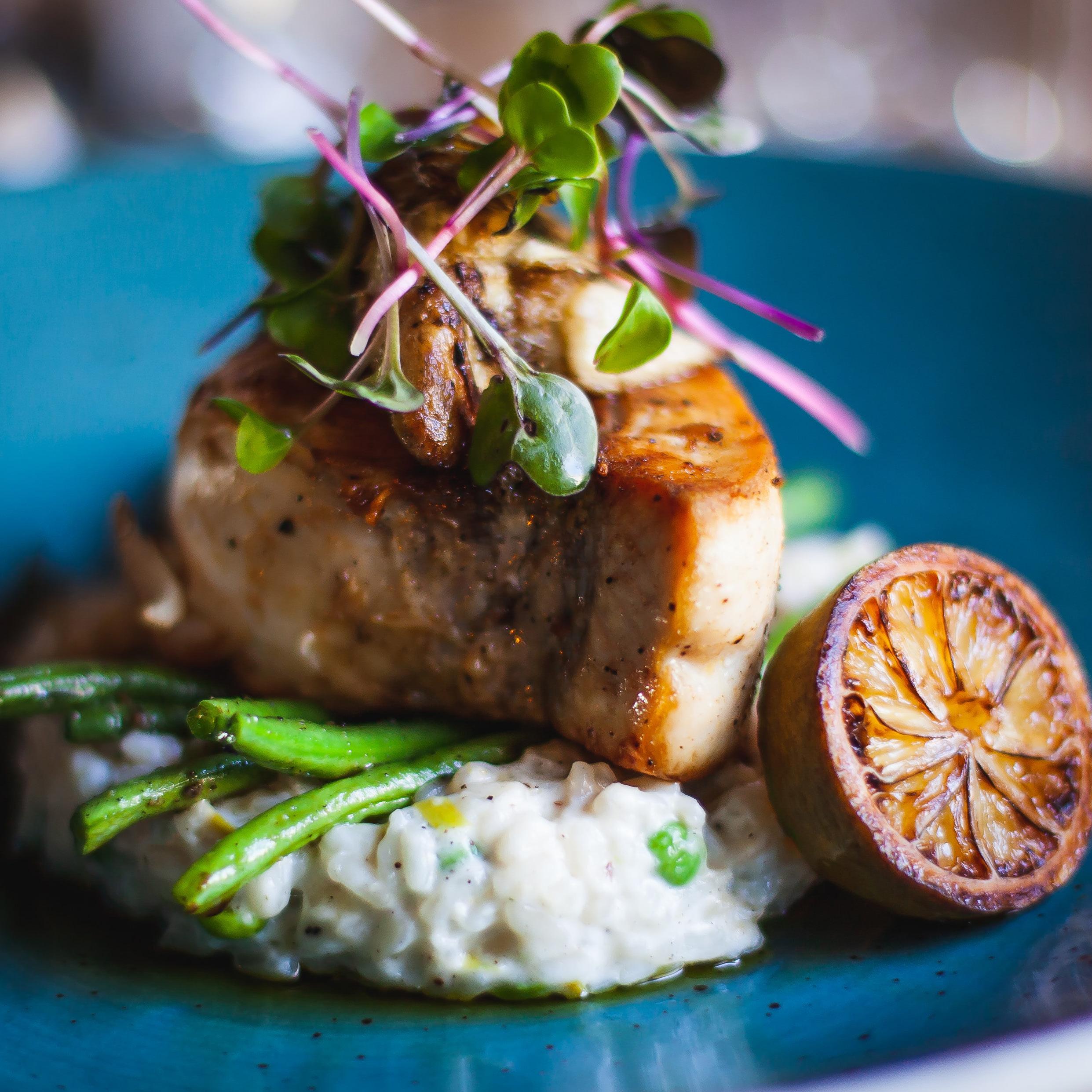
WHY SOUS VIDE?


UNIFORMITY
Sous vide cooking doesn’t generate layered degrees of doneness, like conventional methods, instead creating uniformity from the edge to the center.
FLAVOR PRESERVATION
Vacuum sealing the food while it cooks traps all of the flavor and causes marinades to be absorbed deeper into the meat.
CONTROL
Sous Vide allows you to precisely control the temperature of your food from the center to the edges within a tolerance of half a degree.
YIELD
Moisture loss and shrinkage can be reduced to as little as 5%, compared to traditional cooking methods of 30% or more.
Sous Vide has become one of the most popular cooking techniques of modern times because the process takes less skill, creates less mess, products are more tender, and the yield of the final product is much greater. That makes Sous Vide a win, win, win, win for our customers.
- Randall Emert Chief Culinary Officer
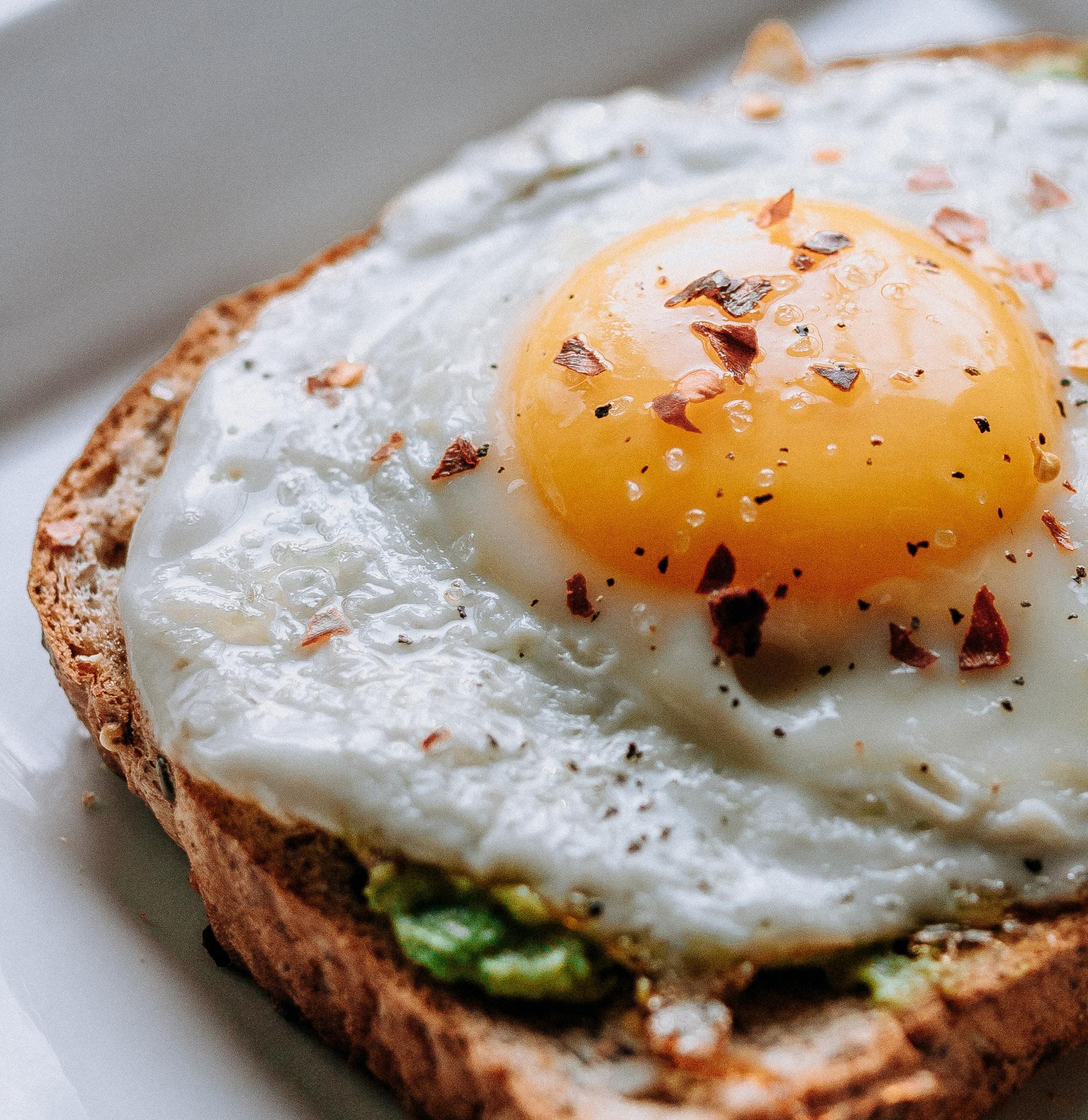
“
”
SOUS VIDE MISE EN PLACE
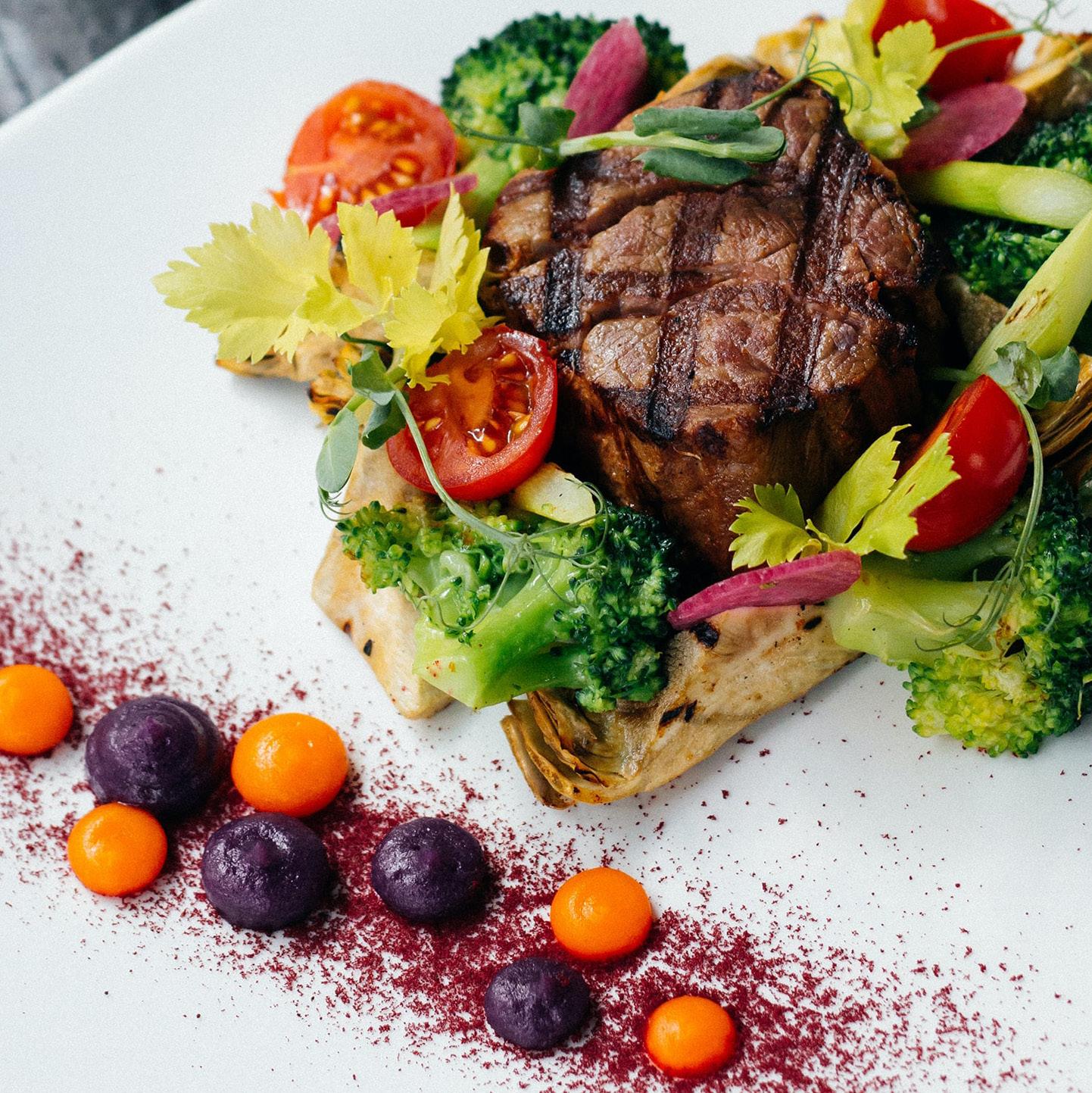
SOUS VIDE MISE EN PLACE
No matter the item, sous vide requires typical mise enplace, including fabricating, portioning, seasoning, and pre-cooking. Meats and poultry are often seared to enhance color and flavor, since no Maillard browning is created during the sous vide process.
For sous vide cooking, mise en place should also include the vacuum sealer, bags, water bath, and temperature controller.
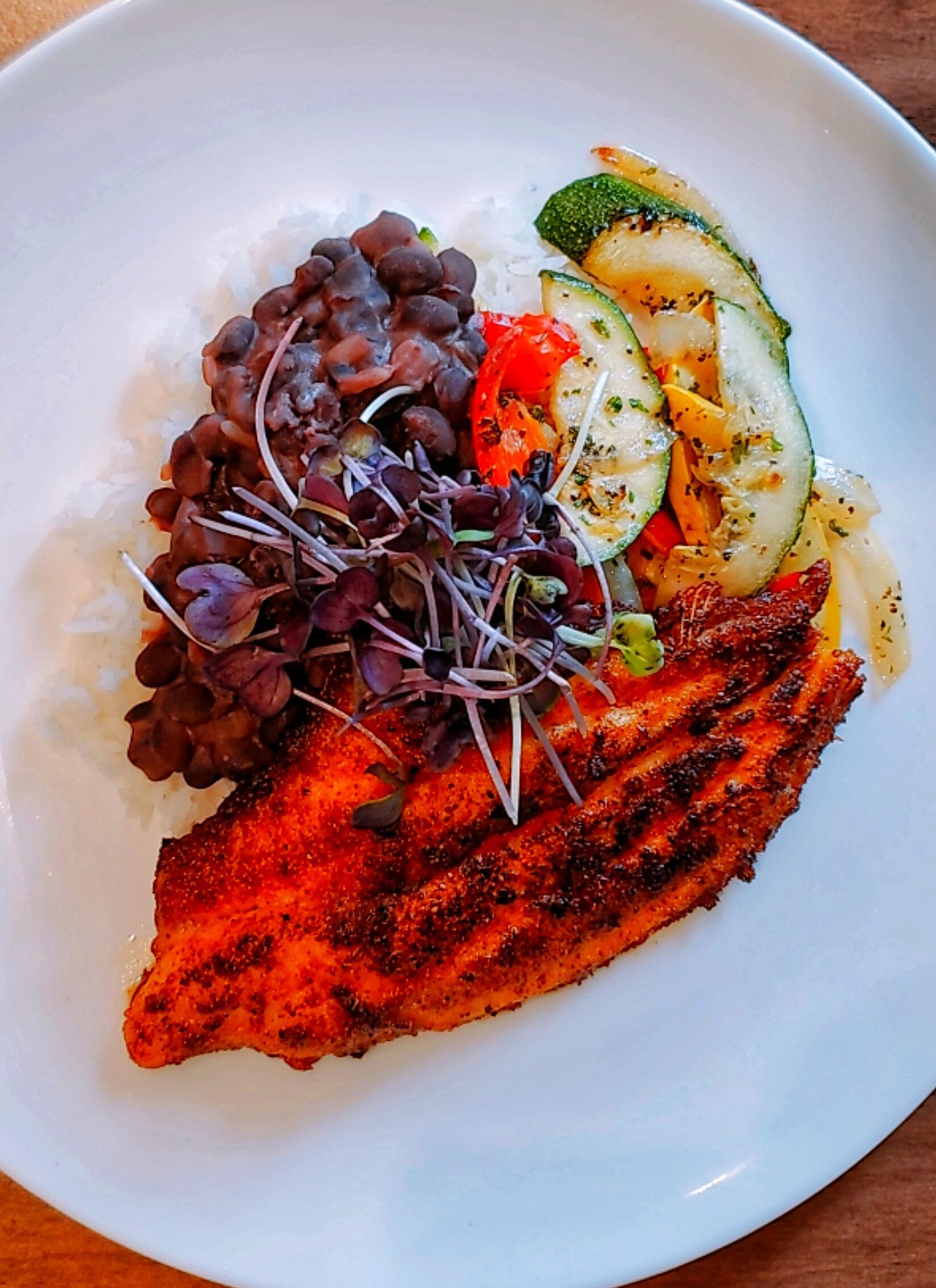
SOUS VIDE SEASONING
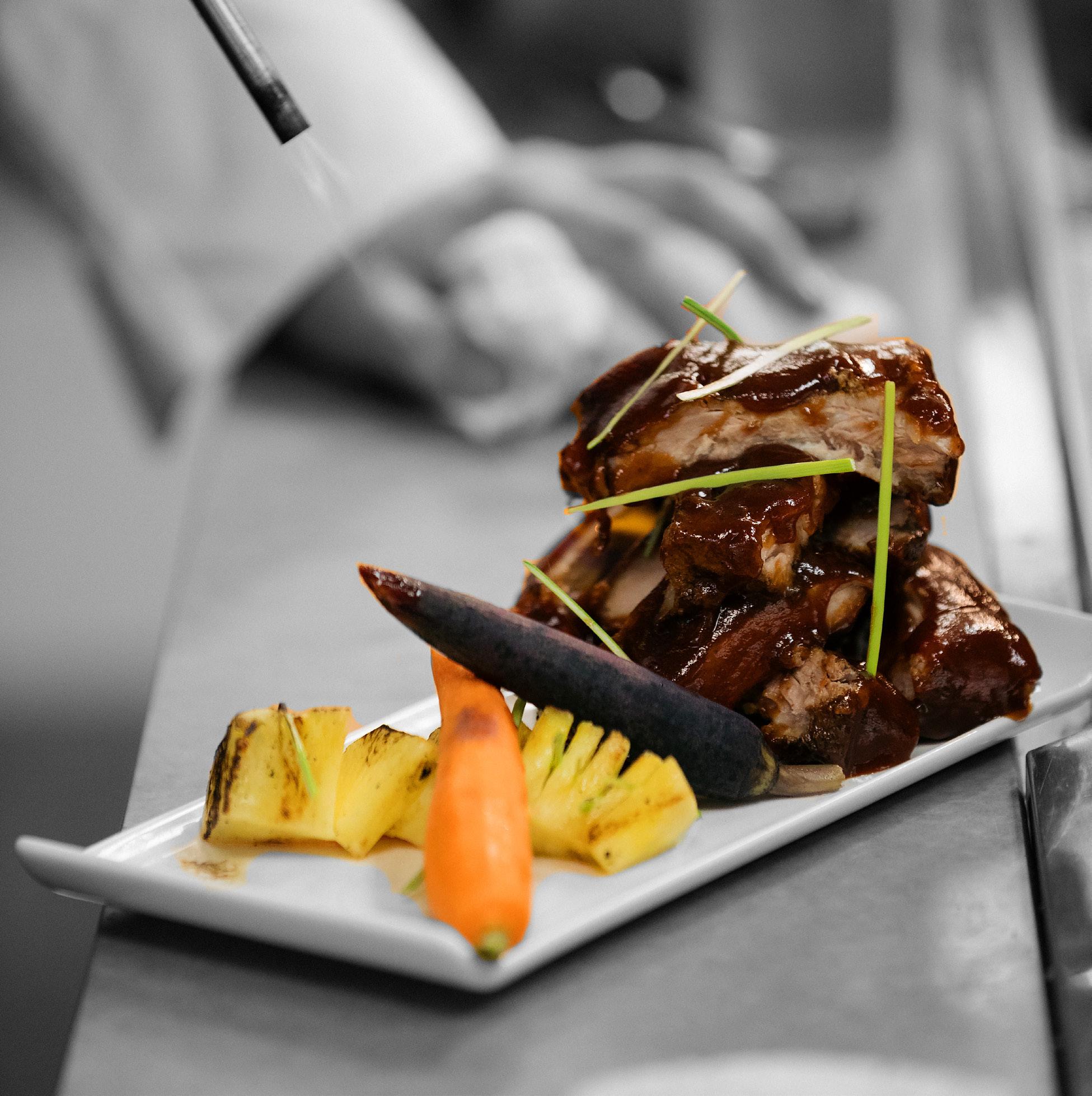
SOUS VIDE SEASONING
The sealed environment of vacuum packaging locks everything in, so use less seasoning, including herbs, spices, and flavorings. Herbs and spices can be overpowering, and even bitter, if not carefully adjusted. Wrap fresh herbs in a tea bag or mix with a neutral oil to keep them from clinging to foods where they can create bitter surface spots. Cook aromatics like onions, shallots, and garlic to mellow their flavor. Heat wine and other spirits to cook-off and evaporate some of the alcohol. Extra virgin olive oil produces a metallic taste in sous vide cooking, so neutral oils (grape seed or canola) are recommended.
Salting of foods, when cooking under four hours is okay, but for prolonged cooking, salt should be added after the cooking process. That’s because the salt draws moisture out, denatures the proteins, and creates a dry texture similar tocuring. However, brining adds moisture, and in this case, salt is okay to use. Use less brine or marinade because it penetrates deeper under a vacuum. Use smoking, searing, or blanching techniques for proteins and vegetables. Searing is often done after the sous vide process, because it adds texture to the product. Smoking can be done before or after the sous vide step.

1 Marina Park Drive Suite 702 Boston MA 02110 833-422-5484 833-4CC-LIVING compasscommunityliving.com









 - Chris Garrand
Corporate Executive Chef
- Chris Garrand
Corporate Executive Chef










